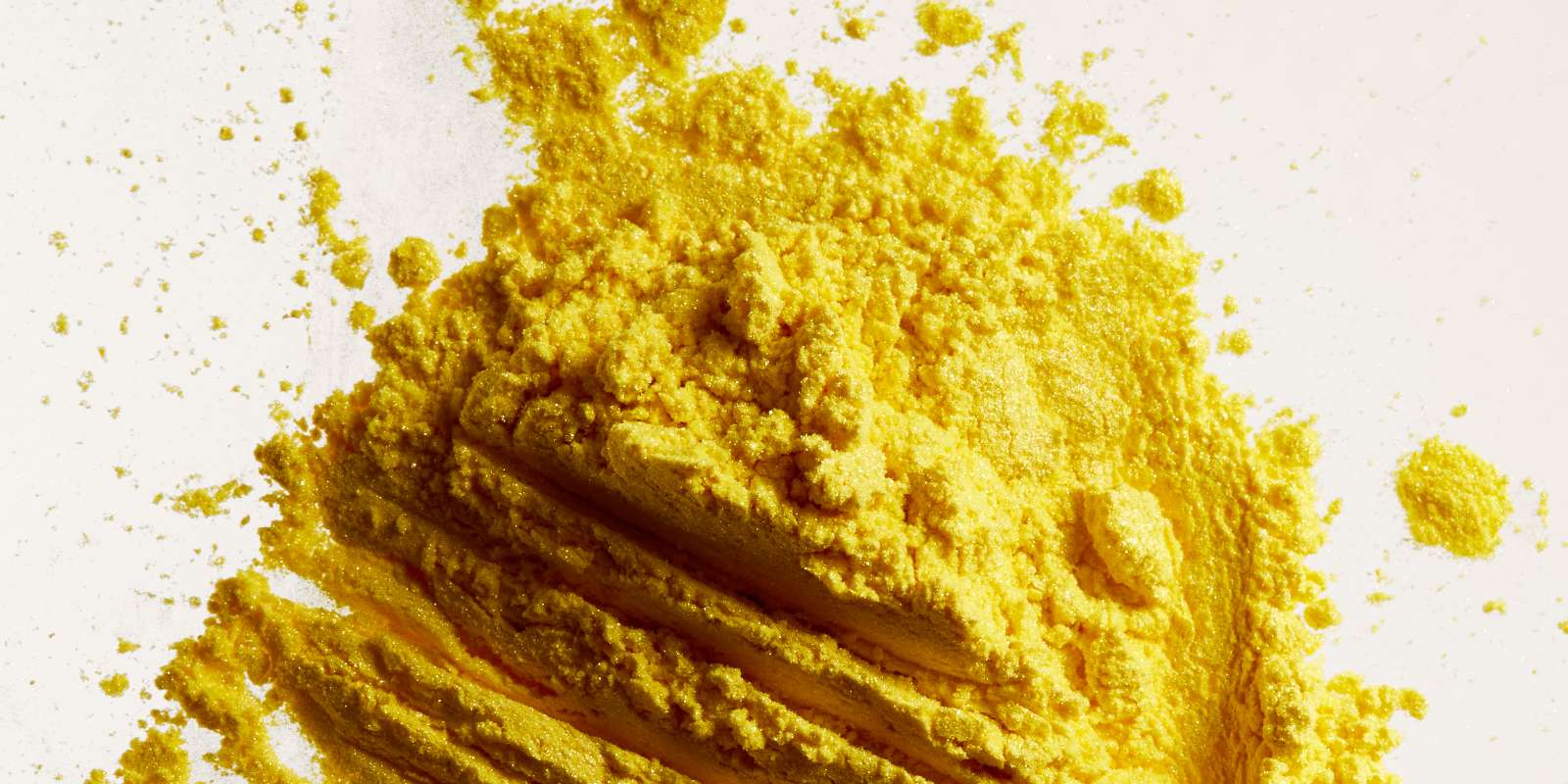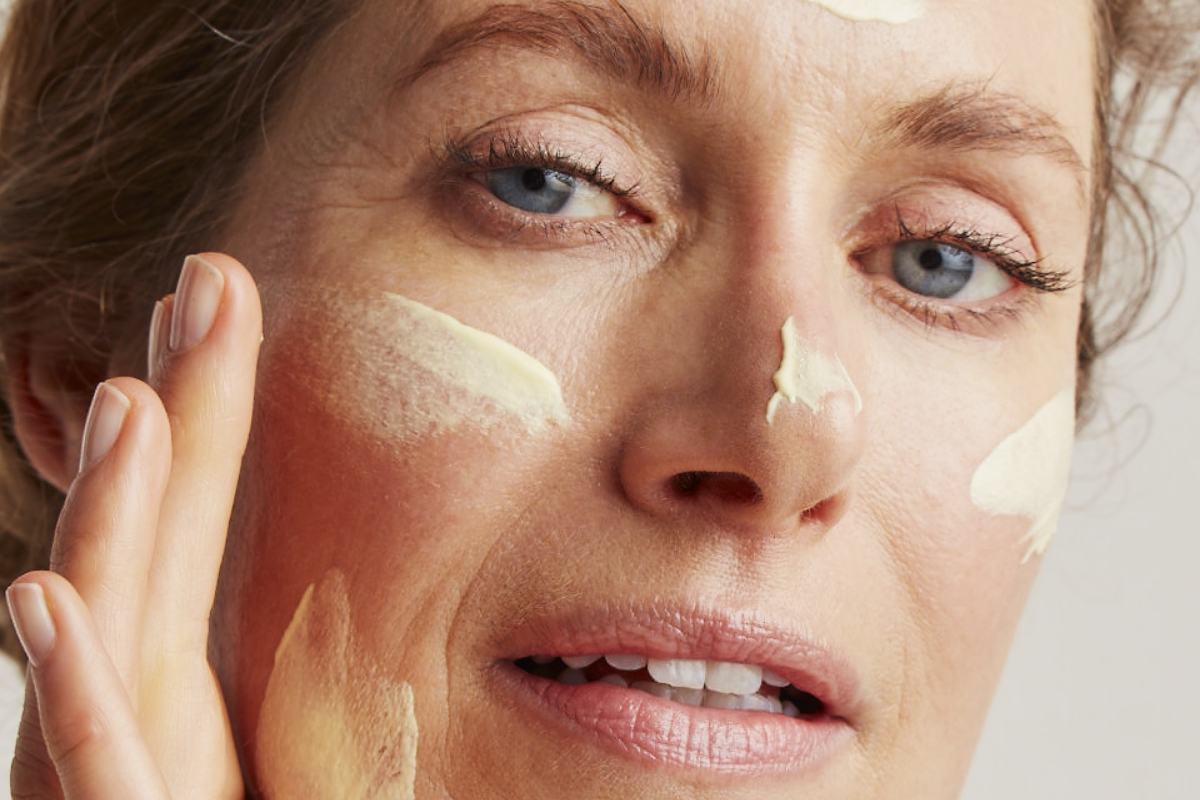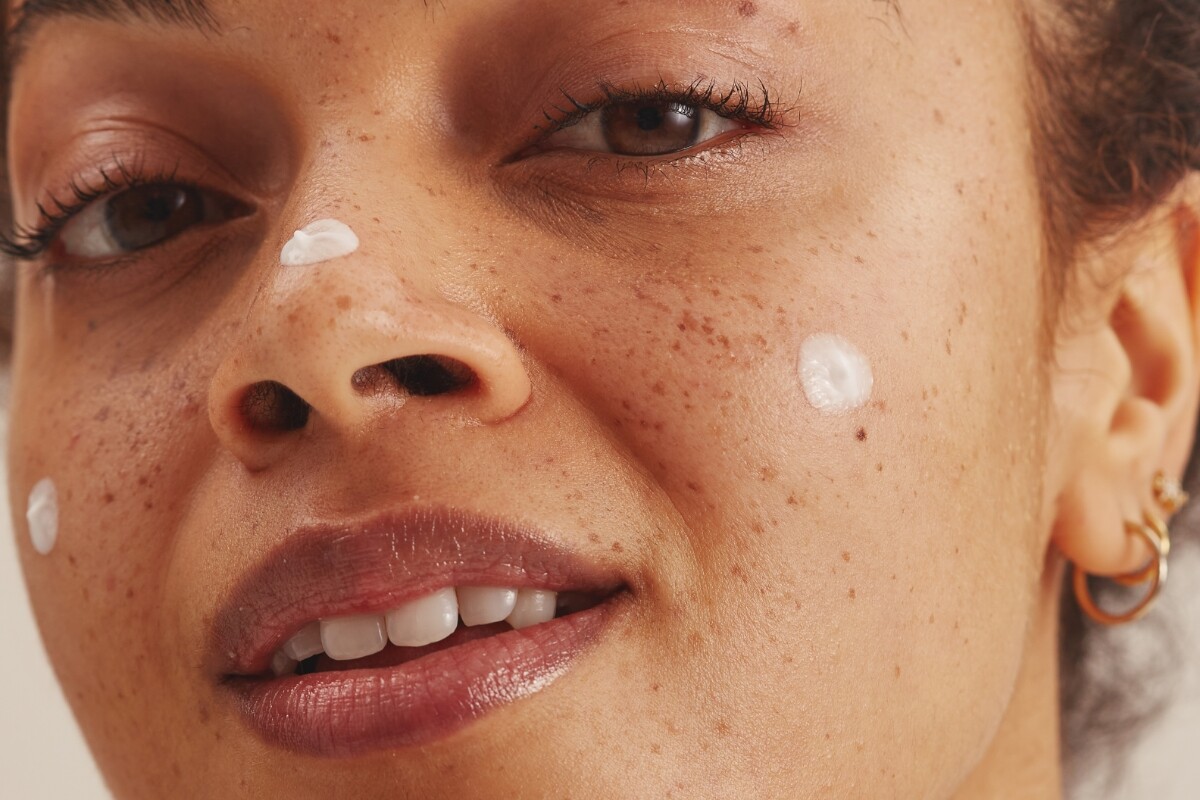Started tretinoin recently? Or want to know more about it? In this comprehensive guide, we’ll tell you everything from its origins to its benefits, how to use it, and what to expect on your skincare journey. If you’re using tretinoin, or thinking about it, read on to find out more about this multi-functional ingredient.
Initially developed as an acne treatment, research soon showed tretinoin’s benefits extended beyond blemish control to fading hyperpigmentation, reducing visible wrinkles and brightening overall skin tone. Now, tretinoin is a popular long-term treatment for many skin conditions. It can even help slow photoageing (skin ageing from light) because of its abilities to stimulate collagen production, reduce fine lines and refine skin texture over time.(1)
The science behind tretinoin: How it works
Tretinoin operates at the cellular level, influencing gene expression and stimulating skin cells to regenerate. This process leads to the shedding of old, damaged skin cells and the emergence of fresh, healthier ones. Tretinoin also increases collagen production in the dermis, strengthening the skin barrier and providing a more radiant tone overall. The result is a smoother, more youthful complexion with fewer visible wrinkles.(2)
Tretinoin for acne
One of the primary uses of tretinoin is to treat chronic acne (also known as acne vulgaris). When applied to the surface of the skin, it works by stimulating the growth of new cells, unclogging pores, reducing redness and preventing new acne lesions from forming. This makes tretinoin a powerful ingredient for managing both teenage and adult acne.(3)
Tretinoin for anti-ageing & hyperpigmentation
Tretinoin has demonstrated remarkable anti-ageing benefits supported by significant scientific evidence. With regular use it can reduce the appearance of fine lines and wrinkles, fade hyperpigmentation and age spots, and improve skin texture. It also helps build collagen over time, so you can expect your skin to feel firmer, look brighter, and regain a youthful glow. (4)
How to use tretinoin
Using tretinoin correctly, under the guidance of a dermatology professional, is crucial to achieving the best results while minimising side effects. So, always:
Consult a dermatology expert first
Before starting any tretinoin treatment plan, start a consultation with a dermatology expert. Whether it’s an online prescription service like Dermatica, or an in-person appointment with a dermatologist, it’s important to get a qualified professional to determine the right concentration for your skin type and concerns.
Start slowly
At Dermatica, we begin most customers on a lower concentration, typically 0.015%, and check in with you to monitor how your skin is adjusting before increasing your dose. To help your skin acclimatise to your treatment, you can also start by applying tretinoin every few days, rather than daily.
Cleanse gently
Use a mild cleanser without physical or chemical exfoliants (e.g. AHAs, BHAs or PHAs) to wash your face. Try not to use a face cloth or cleansing brush too vigorously either, as this could irritate or damage your skin barrier. (5)
Look for products that are fragrance free, and designed for routines with active ingredients.
Dermatica’s Balancing Gel Cleanser is formulated according to the NICE Guidelines for sensitive skin and works great for oily or blemish-prone skin. The Caring Cream Cleanser is formulated with squalane and rice bran oils, helping to gently soothe and clean balanced or drier skin.
Apply to dry skin
After cleansing, gently pat the skin dry before applying your treatment. Using tretinoin on wet skin can irritate it. (5)
Moisturise
After you apply your treatment, use a nourishing moisturiser that’s designed to strengthen the skin barrier. Make sure to look for ingredients like ceramides, niacinamide and peptides – these will be hugely beneficial during your treatment.
For oilier or blemish-prone skin, opt for our lightweight Soothing Gel Moisturiser, while drier skins would prefer the richer Nourishing Moisturiser. Both are designed specifically to use alongside active ingredients, and will combat initial side effects to help you achieve results faster.(6)
Apply a repairing balm
While your skin gets used to treatment, you may notice something called retinisation. This can cause mild discomfort like redness, soreness, dryness and flakiness. Don’t worry, this is normal, and will pass.
To speed up the skin repair process, we formulated a Restoring Ceramide Skin Balm with skin-identical ceramides, glycerin and petrolatum to help deeply nourish and moisturise your skin barrier. The balm is an occlusive, protecting your skin from external aggressors like dirt and impurities while it heals.(7)
Wear sun protection
We talk about it a lot, but sunscreen really is a daily essential. Especially when using tretinoin. UV rays not only damage your skin, but tretinoin can rapidly degrade when exposed to sunlight – making it less effective.
Sun exposure can increase skin sensitivity too, making side effects from tretinoin trickier to manage. To make sure you reach your goals and stay safe during treatment, avoid tanning beds and staying out in the sun.(8)
To make sure you’re fully protected, and to avoid irritation, apply a broad spectrum sunscreen with at least SPF30. Preferably one that’s designed to be used with active ingredients, like our SPF50 Photodamage Defence Sunscreen.
Stop if you’re pregnant or breastfeeding
Tretinoin should be avoided during pregnancy and breastfeeding as a precaution. This is because some tretinoin can be absorbed through the skin, and oral retinoids like isotretinoin are known to cause birth defects. (9)
Our dermatology experts will recommend safe alternatives and to stop using tretinoin completely. If you’re a Dermatica customer, let us know via your dashboard if you’re trying to get pregnant, already pregnant, or breastfeeding, and we’ll update your formula with pregnancy-safe ingredients completely free of charge.
Be patient
It may take a few weeks to see results, but the wait is definitely worth it. Typically, our customers notice a difference in their skin in 8-12 weeks, though this can vary depending on your skin type, how regularly you use your treatment, and the skin concern you’re targeting.
What to expect (side effects)
During the early stages of using tretinoin, you may experience some dryness, flaking, redness, inflammation and sensitivity. These side effects are usually temporary and just mean that your skin is getting used to the new ingredients in your prescription. They can be managed with proper skincare products and a gentle, regular routine. As your skin adjusts, these side effects should ease after a week or two.
Some people can have milder side effects, or don’t experience any at all. This is also normal, and still means the tretinoin is working. Everyone’s skin is different, and will react to new ingredients in different ways. (8)
Conclusion
Whether you’re frustrated by acne, or looking to prevent or reverse signs of skin ageing, tretinoin is a multi-tasker that can transform your complexion. Just remember that patience and consistency are key to achieving the best results.
If you’re considering tretinoin, always consult a dermatology professional first to make sure you’re using it safely. At Dermatica, we make skincare quick, easy and affordable. Once you’ve filled out a questionnaire and sent us photos of your skin, we personalise a formula to target the areas you want to focus on, with carefully selected ingredients and unlimited check-ins for just £24.99 a month. Start a consultation today to discover how we can help you.
References
1. Sitohang IBS, Makes WI, Sandora N, Suryanegara J. Topical tretinoin for treating photoaging: A systematic review of randomized controlled trials. International Journal of Women’s Dermatology. 2022 Mar;8(1):e003.
2.40 Years of Topical Tretinoin Use in Review [Internet]. JDDonline – Journal of Drugs in Dermatology. [cited 2023 Oct 11]. Available from: https://jddonline.com/articles/40-years-of-topical-tretinoin-use-in-review-S1545961613P0638X/#:~:text=Tretinoin%20
3. Schmidt N, Gans EH. Tretinoin: A Review of Its Anti-inflammatory Properties in the Treatment of Acne. The Journal of Clinical and Aesthetic Dermatology [Internet]. 2011 Nov 1;4(11):22–9. Available from: https://www.ncbi.nlm.nih.gov/pmc/articles/PMC3225141/
4. Milosheska D, Roškar R. Use of Retinoids in Topical Antiaging Treatments: A Focused Review of Clinical Evidence for Conventional and Nanoformulations. Advances in Therapy. 2022 Oct 11;39(12):5351–75.
5. Tretinoin (Topical Route) Proper Use – Mayo Clinic [Internet]. www.mayoclinic.org. Available from: https://www.mayoclinic.org/drugs-supplements/tretinoin-topical-route/proper-use/drg-20066521
6. Draelos ZD, Ertel KD, Berge CA. Facilitating facial retinization through barrier improvement. Cutis [Internet]. 2006 Oct 1 [cited 2021 Dec 14];78(4):275–81. Available from: https://pubmed.ncbi.nlm.nih.gov/17121065/
7. Czarnowicki T, Malajian D, Khattri S, Correa da Rosa J, Dutt R, Finney R, et al. Petrolatum: Barrier repair and antimicrobial responses underlying this “inert” moisturizer. The Journal of Allergy and Clinical Immunology [Internet]. 2016 Apr 1;137(4):1091-1102.e7. Available from: https://pubmed.ncbi.nlm.nih.gov/26431582/
8. Yoham AL, Casadesus D. Tretinoin [Internet]. PubMed. Treasure Island (FL): StatPearls Publishing; 2021. Available from: https://www.ncbi.nlm.nih.gov/books/NBK557478/
9. Topical Tretinoin [Internet]. PubMed. Brentwood (TN): Organization of Teratology Information Specialists (OTIS); 1994 [cited 2023 Sep 27]. Available from: https://www.ncbi.nlm.nih.gov/books/NBK582989/
Ash Sharma
Dr Ashwin Sharma is a medical doctor and writer with a particular interest in health technology, artificial intelligence and medical weight loss. He completed his training at the University of Leicester and Imperial College London, and has since been exploring the intersections of medicine, technology, and communication.





